It was bound to happen. Leaving aside, for the moment, the burning question of whether this strike will have set back Iran’s nuclear program by weeks, months or years, this moment feels in many ways like an apotheosis of sorts. The Omega (or perhaps Alpha depending on your sense of ontology) of US attempts at talking to the Islamic Republic, a culmination of decades of frustration at the Ayatollah’s unique ability to talk peace and negotiation while murdering and destabilizing.
The history of the Islamic Republic, from its brazen assassinations to the long-drawn-out nuclear saga, is one in which the public face of the regime, suave diplomat and highly intelligent negotiator, buy time while the Islamic Republic enriches itself, arms groups such as Hezbollah and Hamas, and oppresses its own people. At some point, the Iranian regime would run out of road.
The Islamic Republic now has few good options. Its parliament breezily voted to close the Strait of Hormuz, a largely unwieldy notion that would bring it into direct conflict with the USS Nimitz Carrier task group (and the last thing the IRGC need now is yet another painful reminder of their technological and intelligence inferiority), alienate key regional allies such as China and Oman, and cause a spike in global energy prices. Israel is knocking out Iran’s missile launchers with merry abandon, totally unopposed in the skies. Today’s blowing up of the gates of Evin prison was the clearest message yet that Israel is attempting to portray itself as an agent of positive change, not murderous killers from the sky. Even Tehran’s allies, proxy and nation-state, have done little more than performative ahems and some feet shuffling, leaving us to wonder where Tehran goes from here?
Here we must go back to the strikes on Iran’s nuclear facilities. They were successful, but not a total destruction. The Islamic Republic will likely have squirreled some centrifuges away, and undoubtedly has kept some scientists safe, seeking now to ride out the bombs, survive, regroup and fight another day. And this is something that Netanyahu and Trump (and some regional allies, not traditionally fond of Tehran) all fear; a wounded regime with nothing to lose, causing merry hell in a region already on fire. It seems that the solution now to the problem Israel and the US (and Iran) have created is a highly risky change of leadership in Iran. Which is why it is likely that this won’t be the last time the US will strike Iranian positions this summer, no matter what Defense Secretary Pete Hegseth says. The job is half-finished.
Yet those who hate the regime (and there are plenty) wouldn’t be seen dead protesting as the bombs are landing, for fear that their protests become confused with treachery, crossing a massive red line marked “Iranian nationalism,” which is stronger than we all imagine. And for all Netanyahu’s efforts to “save the Persian nation,” to many Iranians, he is still a fat bloke with a combover who is bombing their houses. But the point at which the bombs stop falling, and the regime is forced to reckon with the catastrophic failures of its intelligence agencies and its broken-down revolution, will be the moment people flood into the streets demanding change, and wanting to know if Iran’s secret nuclear program and its network of proxies actually made Iran a safer, more prosperous place or not. I think we know the answer to those questions. And if the fractures among the myriad of government factions become something more concrete, things could fall apart much quicker than we imagined. Regime figures such as Ali Larijani and former Presidents Khatami and Rouhani have all popped their heads above the parapet to see what might be on the other side of Khamenei’s rule. These first stirrings of elite fracture will, like a crack in the windscreen, only get more serious.
Since this conflict started, so many people I’ve spoken with have been caught between a strong desire for the Islamic Republic to fall and the urge to pose a simple question: how many more innocent people have to die? Another question also presents itself: how can we be sure that what’s on the other side of this will be any better than what we have? But then, who am I, sat miles away in the safety of my home to ask, or even attempt to answer, such questions. Yet again, I would come back to the bravery of the Iranian people who have resisted, silently, openly and sometimes fatally, a group of men who think that rape, torture and execution are effective tools of domestic politics. History warns us against triumphalism in the face of a failed revolution. Perhaps this time it will be different.










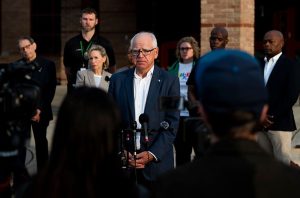


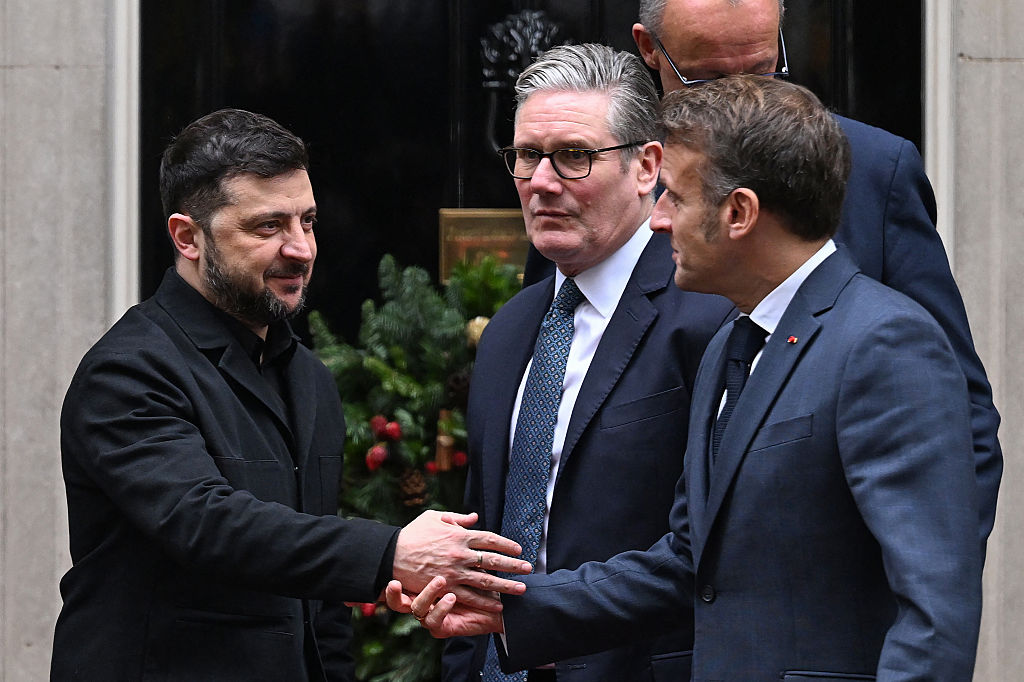


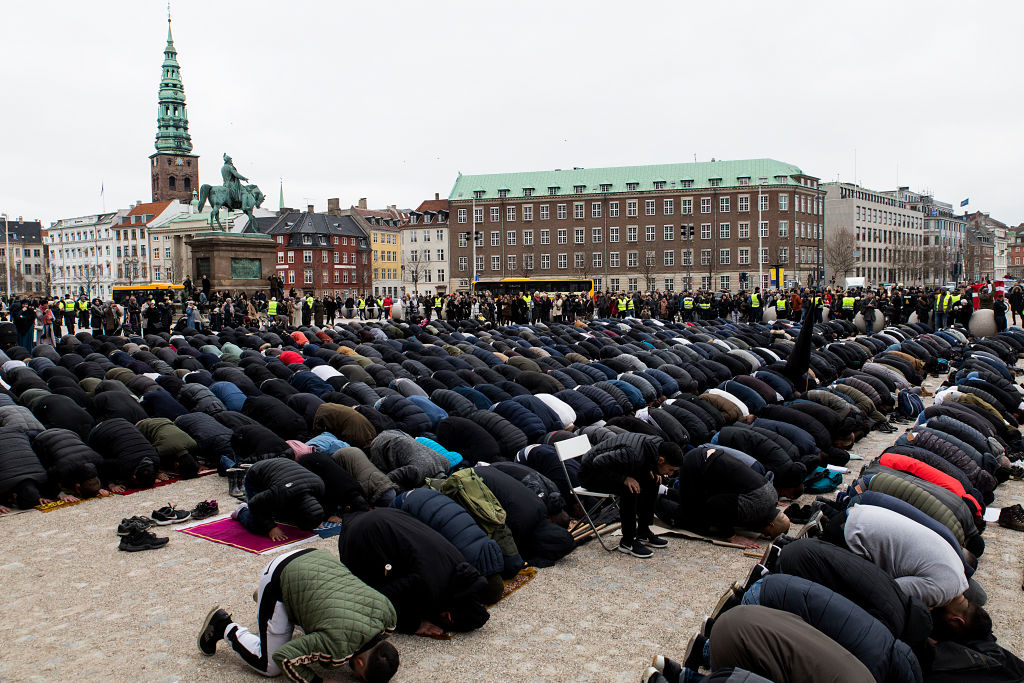
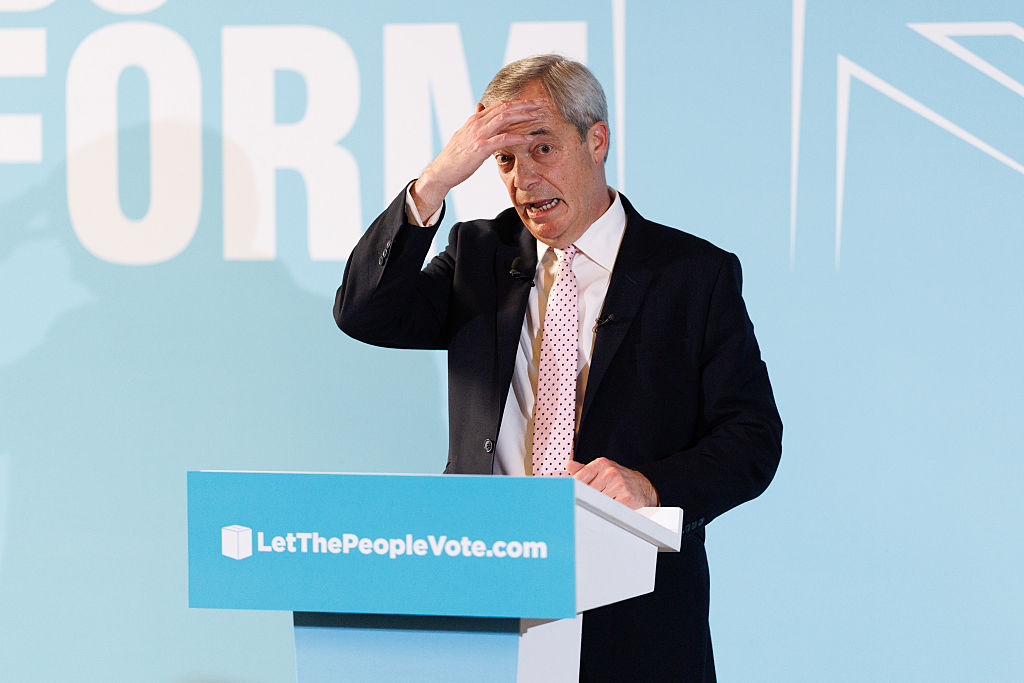
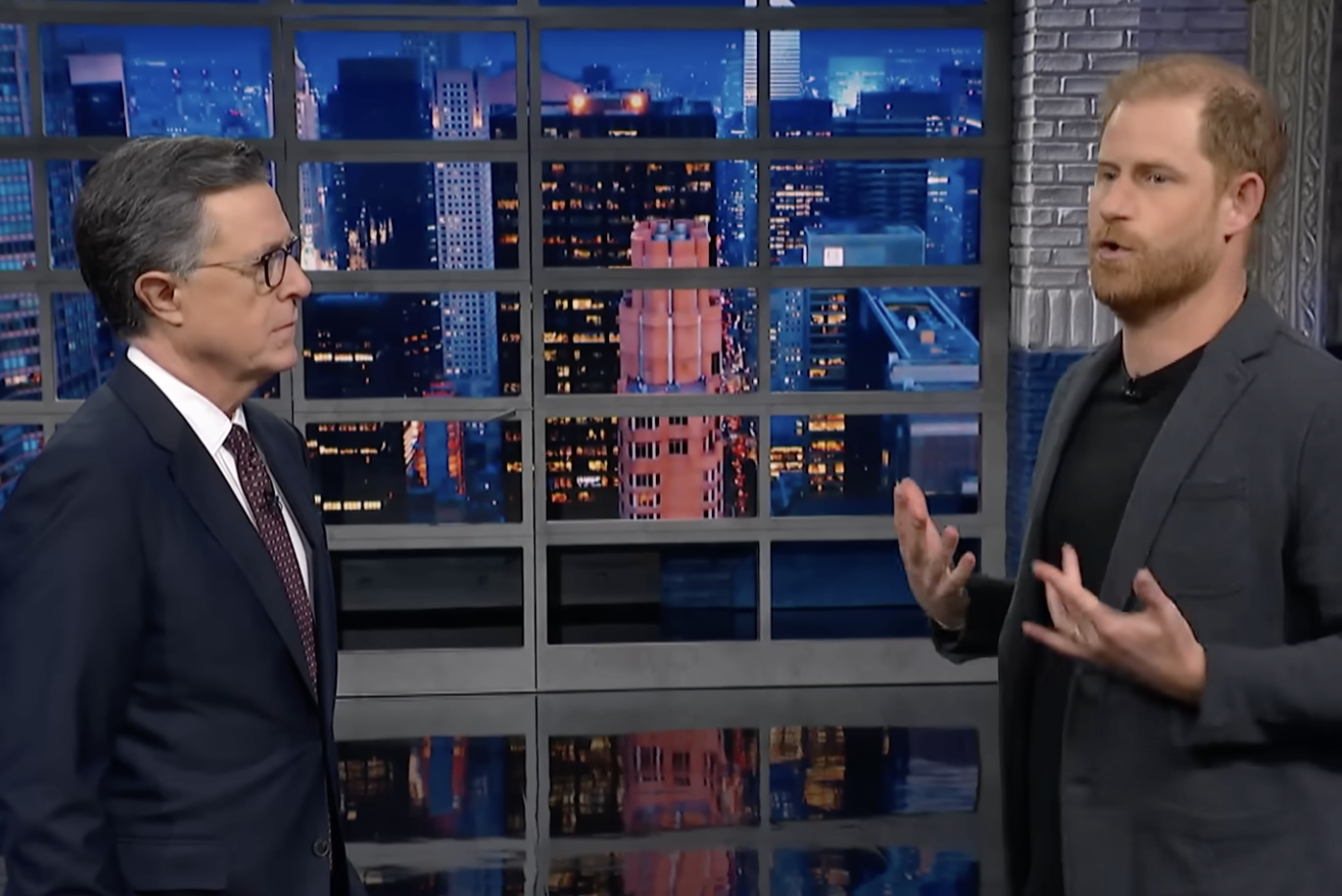





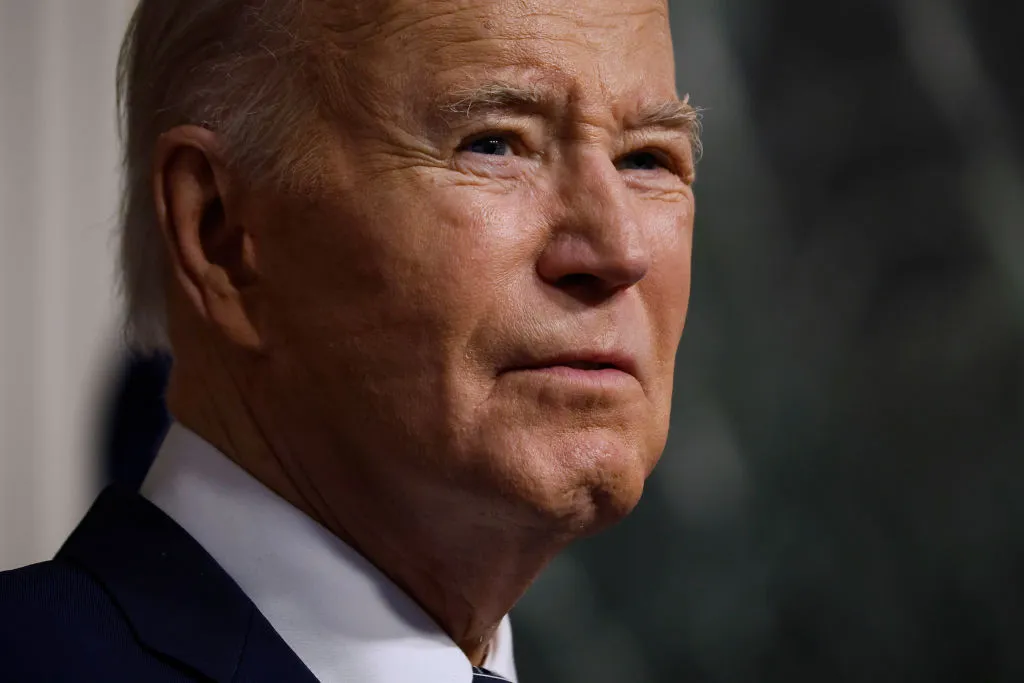

Leave a Reply